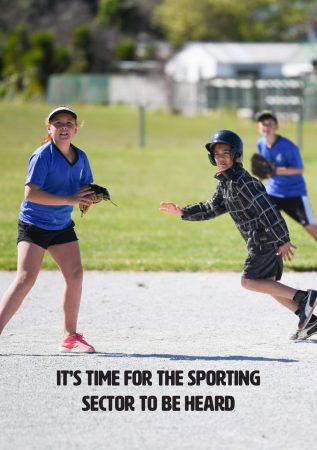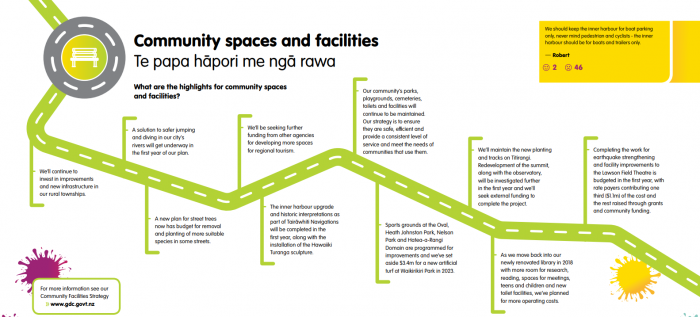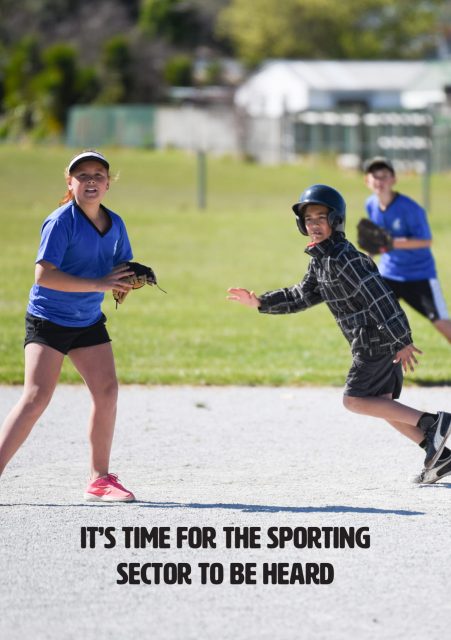Still deciding who to vote for in the election?
Well perhaps the response from some of the East Coast candidates about their thoughts on the Indoor Centre proposal will help to sway your thinking!
To get this project over the line we will need a strong advocate in parliament. Here’s what some of the candidates had to say.
Scroll down to view the full statements, that are in no particular order.
First we asked, Do you support the development of a multi-purpose indoor centre in Tūranga-nui-a-Kiwa/Gisborne (and feel free to comment as to why or why not?)
Dana Kirkpatrick: “I do support the indoor sports concept for Gisborne in a cohesive and coherent way that builds in the investment already made in sporting facilities. Having worked in sport for many years I am fully supportive of anything that improves the health and well-being of our people. This region has a huge number of priorities to work through in the short to medium term and whilst this seems like a nice to have it would bring many many other benefits.”
Tamati Coffey: “I’m 100% in support of a new multi purpose indoor centre. It would build on our Government’s $40M investment into the Kiwa Pools, the rebuild of the Midway Surf Club and the new skate park. More stuff for our young people to do – I’m super supportive of.”
Jordan Walker: “Absolutely – I tautoko your remark, that these sorts of developments do have significant social and wellbeing return on our communities. I think that the upgrade of the skatepark shows exactly that. When we give our rangatahi positive spaces to interact with and engage, that’s good for them, and equitable – we’re offering positive growth opportunities. I am dubious about the idea of this complex going to Waikirikiri Park, I would want to know if it would have any impact on our low-income whānau in their already precarious living situations in that area.”
Michael Howe: “ACT believes in local democracy and that local communities know what is best for their community, not a top down directive from central government. Therefore, if the local community think the development of a multi-purpose indoor centre is what is needed, ACT would support this initiative.”
We also asked, If so, what support could you give to the development of an Indoor Centre if you were elected Member of Parliament for the East Coast electorate?
Dana Kirkpatrick: “I will advocate for this in line with the list of priorities Already before us. But I do have a background in creative ideas so let’s keep in touch.”
Tamati Coffey: “I will be a staunch advocate for this kaupapa until it’s delivered.”
Jordan Walker: “Keeping in mind my limited capacity to promise anything (given I’m pushing a Green Party vote), what I can comment on is our parties Climate Safe Communities policy, and how the Kaupapa of a multipurpose indoor centre aligns with it in future planning, long-term thinking for the environment and our communities. Within the Climate Safe Communities policy is the potential of a new $750m fund over three years that will create space for nature and protect towns and cities from flooding (paid for with a wealth tax). As a result this will ensure that our towns and cities will have safe places for our children to play and move around safely; more green spaces that provide a place to relax and protect us from flooding. In addition to this future planning is the advocacy for more carbon efficient transport infrastructure such as buses and trains, with services like free dental just a safe walk or bike ride away. We know the solutions. The only obstacles are political. This policy would respond more as a buffer and support around the idea of a multi-purpose indoor centre, but in my view has the capacity to work cohesively with the project. Personally I tautoko any amplification of social and wellbeing return on communities, especially low-income, so would be personally interested to lend support in whatever capacity I had.”
Michael Howe: “ACT will repeal and replace the Resource Management Act, therefore will make it faster and cheaper to be able to develop the indoor centre. We would be able to ensure resource consent would be a faster process, with less red tape. Our materials register, would also mean there is more competition to get the materials at a competitive price. We would give back ½ of the GST to the local region from the cost of the new build, to be spent on infrastructure in the local area. We also believe in PPP (private, and public partnerships) to assist with the overall build costs. These have been successful across New Zealand.”
We received no response from the NZ First Party.



